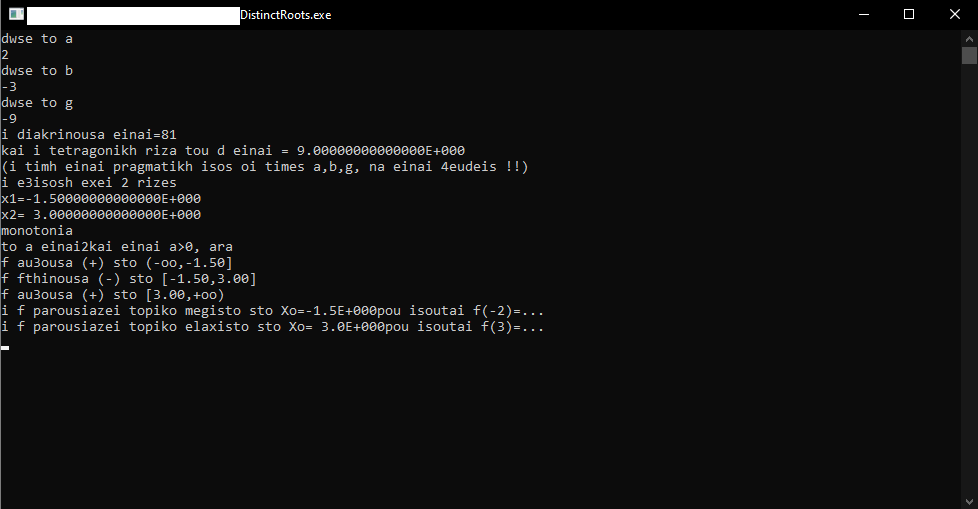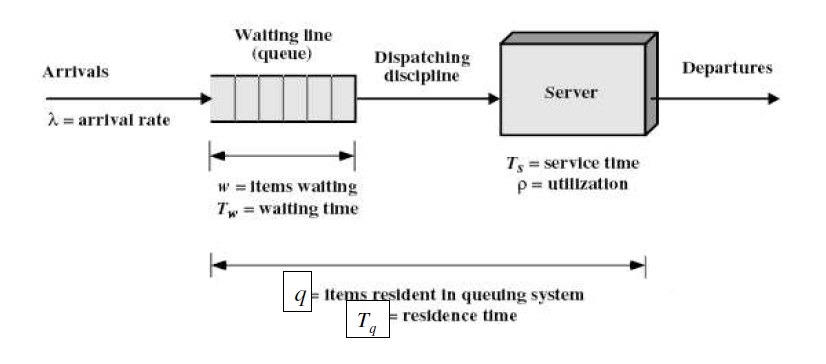papadhmhtriou.gr
Robotics

I am Dimitrios Papadimitriou.
Welcome to our platform! We offer a comprehensive range of courses and training programs designed to help you excel in the world of technology. Our expertise covers programming languages such as Python, C, and advanced tools like Node.js, Node-RED, and the Internet of Things (IoT). We also specialize in robotics, 3D modeling and printing, and technologies like Lego Robotics, EV3, and Arduino IDE.
Our team brings real-world experience, including qualifications such as an MSc in Informatics from the Technological Educational Institute of Central Macedonia, as well as extensive experience in SAP, Excel, VBA, and Microsoft tools. With years of training as Robotics Trainers and expertise in supporting computer systems, applications, and networks, we are dedicated to empowering learners and professionals alike. Explore new technologies and enhance your skills with us today!
Our Services

Discord Bot
I created a Discord bot using Python and API technology that sends automated messages about IPOs, stock gains, and losses. The bot also features commands like ;income "stock", which calculates the stock’s net income percentage by comparing the current quarter’s results with the same quarter last year, as well as the year-over-year performance, providing real-time valuable insights.

VBA Code In Excel
VBA (Visual Basic for Applications) in Excel is a programming language that enables automation of tasks, creation of custom functions, and development of macros within Excel. With VBA, users can automate repetitive processes, manage data more efficiently, and build interactive tools that enhance productivity. Using VBA significantly extends Excel’s capabilities, allowing for complex calculations, automation, and customized reporting.

Eclass
This course introduces the basics of electronics and Arduino programming, covering components like resistors, breadboards, and the Arduino board. Students learn circuit design and simulation with Tinkercad, programming fundamentals, serial communication, interrupts, and servo control. Projects include a traffic light, smart lighting system, and automated barrier. Advanced topics cover EEPROM, I/O expansion, motor control, 3D design, 3D printing, and building an autonomous line-following robot. The course combines theory and hands-on practice to develop electronics and robotics skills.

Distinct-and-Roots
The Distinct-and-Roots program, written in Pascal, solves quadratic equations of the form ax² + bx + c = 0, with a strong focus on analyzing the discriminant (D), identifying the roots, and examining the function’s behavior. The user is prompted to input the coefficients a, b, and c (referred to as g in the code), and the program calculates the discriminant D = b² - 4ac, then determines whether the equation has two distinct real roots, one double root, or no real roots at all. If D > 0, it computes the two real roots and displays whether the square root of the discriminant is an integer or a real number. It also analyzes the monotonicity of the function (increasing/decreasing intervals) and indicates any local extrema (minimum or maximum points) based on the sign of a. This makes the program an excellent educational tool for students and teachers, providing a comprehensive breakdown of a quadratic function’s properties using clear algorithmic logic.

Queue
The Queue project is a C++ implementation that models and analyzes queueing systems, which are essential in studying service processes involving random arrivals and service times. Inspired by real-world scenarios such as bank counters, call centers, production lines, and computer networks, the program uses fundamental queueing theory formulas to calculate key performance metrics. These include utilization rate (p), average number of items waiting (w), average waiting time (tw), service time (ts), residence time (tq), and the probability of an idle system (p(0)). By inputting the arrival rate (λ) and service rate (μ), users can instantly evaluate how efficiently a system operates. This tool is particularly useful for students, researchers, and professionals in operations research and systems engineering, offering a practical and interactive way to understand queue dynamics through mathematical analysis.
Emulator cmd in linux
The cmd-to-linux project is a Bash script emulator that mimics basic Windows CMD-style commands within a Linux terminal environment. It provides a simple command-line interface that recognizes and executes familiar commands such as help, dir, cls, exit, copy, move, rename, del, and rd. Users can type commands interactively, and the script interprets them using equivalent Linux utilities like ls, cp, mv, and rm. For instance, dir lists files, cls clears the screen, and copy uses the cp command to duplicate files or directories. The emulator also supports help with optional parameters, which displays manual pages for specific Linux commands. This tool serves as a learning bridge for users transitioning from Windows CMD to Linux, offering a familiar syntax while executing real Linux operations under the hood.

Auto Bell
Auto Bell is a program I developed in C++, designed for tutoring centers or other educational environments with structured class schedules and predefined break times. Its main function is to automatically play a random song from a predefined list whenever a break is approaching—specifically, 10 minutes before the end of each hour (at hh:50). Additionally, at hh:45, it plays a warning sound to inform the teacher that 45 minutes of teaching time remain before the next break. The program runs automatically without requiring any manual intervention and helps improve the time management of lessons and breaks throughout the day.
3D Desing
3D Printer
Robotics Trainer
As a dedicated Robotics Trainer, I specialize in guiding students through hands-on learning experiences in the exciting world of educational technology and robotics. With expertise in platforms such as Arduino IDE, Lego Robotics, Lego Mindstorms, and Microbit, I help learners understand the fundamentals of coding, electronics, and automation. I also integrate 3D Modeling and 3D Printing into my teaching approach, enabling students to bring their innovative ideas to life. My goal is to inspire creativity, critical thinking, and problem-solving through engaging STEM-based activities.
CNC
Sites
Education and Experiences
Msc informatics Technological Educational Institute – 2023-2024
From – Greece Central Macedonia
Msc informatics
Technological Educational Institute – 2016-2022
From – Greece Central Macedonia
Software Engineers
Vocational high school graduate -2014 – 2016
From – Greece Central Macedonia
Support of Computer Systems, Applications and Networks.
Sap User – 2022-Present
From – KRI KRI SA
Skills: ·SAP · Excel · VBA · microsoft.
Robotics Trainer – 2022-2024
From – Computer.gr
Skills: Ev3 · Microbit · 3D Printing · Lego Mindstorms · Arduino IDE · Lego Robotics · 3D Modeling.
Licenses & certifications
Introduction to CybersecurityIntroduction to Cybersecurity
CiscoCisco
Issued Apr 2024 · Expired Apr 2024
Blue Growth in the Climate Change EraBlue Growth in the Climate Change Era
GlobalCert Awarding Organisation
Credential ID CREXPBLE000081
IT and Cyber SecurityIT and Cyber Security
VELLUM GLOBAL EDUCATIONAL SERVICES
Internet Of ThingsInternet Of Things
Mathesis@Crete University Press
Mastering WordPress
Mastering WordPress VELLUM GLOBAL EDUCATIONAL SERVICES